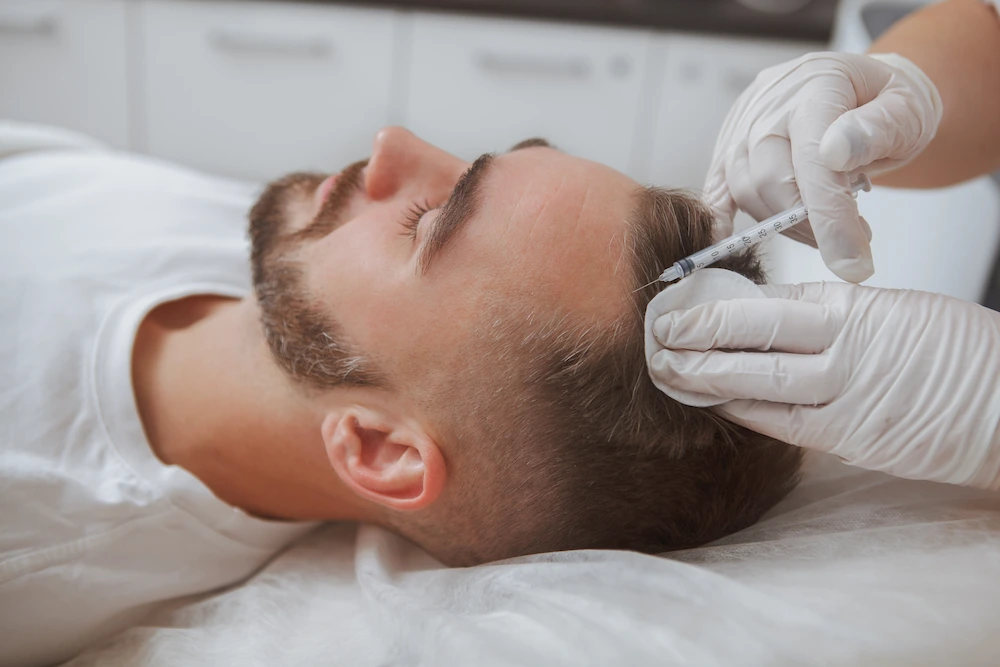Posted on:
Changing Your Head of Hair with PRP

As we age, we expect our appearance to change. However, that doesn’t make it any easier especially when it comes to thinning hair. The good news is procedures are now available to help with hair regrowth, including treatment with platelet-rich plasma (PRP) therapy.
At Plateroti Dermatology in Templeton, California, Dr. Carmelo Plateroti and our expert staff use a unique integrative combination of established Western medicine and successful holistic care for the best possible outcome to a wide variety of dermatology and aesthetic needs. With over 30 years of collective experience, we not only can help address thinning hair but also refresh your appearance and treat medical conditions like acne and skin cancer.
Hair loss
There are a number of different types of hair loss, but the most common is hereditary hair loss (known medically as androgenic alopecia). It is also referred to as male pattern hair loss and female pattern hair loss.
Women typically first notice that their hair is thinning overall or that their part is widening. Men often experience their hairline receding or a bald spot developing on the top of their head.
Heredity hair loss is caused by inherited genes that result in the shrinking of hair follicles. As time progresses, hair stops growing altogether. Although thinning can start in the teen years, in most people it doesn’t begin until they are older. It affects over 80% of men and almost half of women at some point in their lives.
Platelet-rich plasma therapy
Many people feel thinning hair or baldness affects not only how they look but also their self-confidence. Fortunately, help is available in several forms, including platelet-rich plasma therapy.
PRP therapy has been used for over 40 years to aid in healing injuries to tendons, ligaments, and muscles. It is also employed during microneedling to help rejuvenate the skin.
PRP therapy begins with the drawing of a small amount of blood, which is then put through a centrifuge that separates it into red blood cells, white blood cells, platelets, and plasma. Plasma has a particularly large amount of platelets that have growth factors that can aid in stimulation for hair regrowth.
The platelet-rich plasma is injected into the areas of the scalp where thinning or loss has occurred. One benefit to PRP therapy is that it uses an individual’s own blood, so there is no risk of contracting a communicable disease.
If you’re ready to find a treatment for hair loss instead of lamenting it every time you look in the mirror, click our request button, or call us at (805) 434 2821 today to make an appointment and find out if platelet-rich plasma therapy or one of our other treatments is right for you.